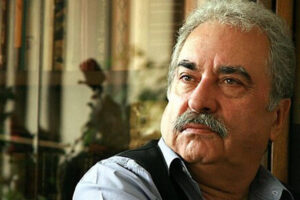Following the global registration of Yazd’s traditional goldsmithing art by UNESCO, this desert city is becoming a distinctive tourism destination where gold, cultural heritage, and desert landscapes combine to provide visitors with a remarkable experience.
The captivating charm of gold in Yazd lies not only in the precious metal itself but also in the masterful hands that transform it into exquisite artwork. With a deep historical background, Yazd’s goldsmithing has now received international acclaim, as UNESCO has listed it on the Representative List of the Intangible Cultural Heritage of Humanity.
Yazd’s gold signifies more than a craft; it embodies a cultural identity deeply ingrained and passed down through generations in the city’s renowned gold bazaar. This recognition adds a fresh layer to Iran’s cultural prestige and highlights Yazd as a growing hub for art-centered tourism.
History of Yazd Gold
While gold jewelry and ornaments have long been created in many Iranian cities, Yazd gold is distinguished by its unique designs, brilliance, high-quality alloys, and detailed craftsmanship. Archaeological findings trace goldsmithing in Yazd back to the Parthian era, positioning it as one of Iran’s oldest centers for gold artistry.
For over two millennia, Yazdi artisans have produced gold for royalty and nobility, solidifying the city’s standing in both national and regional jewelry markets.
Unique Features of Yazd Gold
High Purity: Yazd gold pieces are predominantly made with 20-karat purity, placing them among the highest quality in the Iranian gold market.
Physical Qualities: Known for their softness, flexibility, resistance to tarnishing and corrosion, and their elegant gleam.
Cultural Value: Each item carries a narrative. Beyond decoration, Yazd gold represents centuries of tradition and identity, now globally recognized as cultural heritage.
Although 18-karat gold is common in many parts of Iran, areas such as Yazd and parts of the south tend to favor gold with higher purity (20–22 karats), reflecting local preferences. In Yazd, bright, artistically detailed gold remains especially popular and is often handcrafted by skilled goldsmiths using traditional patterns.
This long-standing artistry, previously acknowledged as national cultural heritage in Iran, is now poised—thanks to UNESCO’s recognition—to elevate Yazd into a global emblem of desert-born elegance and fine craftsmanship.







